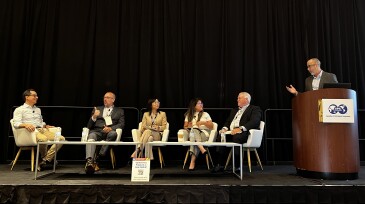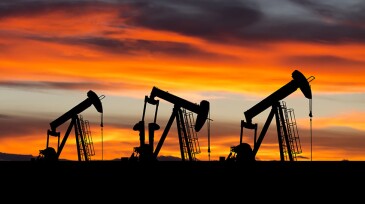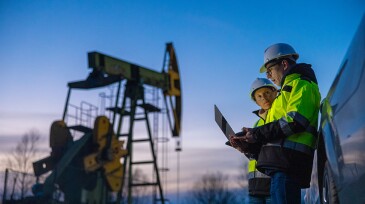Artificial lift
In the wake of the falling number of exploratory wells in the country, Brazil-owned Petrobras addressed audience concerns as well as outlined new avenues for production at the Offshore Technology Conference.
Three case studies consider the gas-related reasons electrical submersible pumps fail in unconventional shale environments.
Whether it’s reviving inactive gas-condensate wells or identifying overlooked reserves in brownfields, operators are making the most of older wells and fields.
-
Industry experts advocate for collaboration to develop and test technology that can reduce emissions without breaking the bank.
-
The industry is balancing brains and bots as it squeezes out barrels of oil production.
-
Machine learning is refining gas lift production optimization with scalable automated workflow.
-
This paper discusses a new type of mechanical gas separator for electrical submersible pump systems that increases operating flow range and separation efficiency while decreasing erosion problems and improving reliability.
-
This paper presents an approach using artificial neural networks to predict the discharge pressure of electrical submersible pumps.
-
This paper aims to analyze the relevance of wind and solar energy for the supply of artificial lift systems on offshore platforms in the Brazilian equatorial region.
-
The papers described here focus on novel unconventional horizontal downhole pump card signatures, carbon reduction through alternative energy to pump wells, and predicting downhole-discharge pressure of ESPs.
-
Longtime leaders in artificial lift discuss and share their insights on the rapidly evolving segment’s past, present, and future.
-
The world of artificial lift has witnessed a remarkable revolution over the past 25 years, with many of the events and technology trends recorded in the Journal of Petroleum Technology.
-
There will always be a need for good artificial lift engineers. So, what should the next generation of its professionals be trying to pursue?













